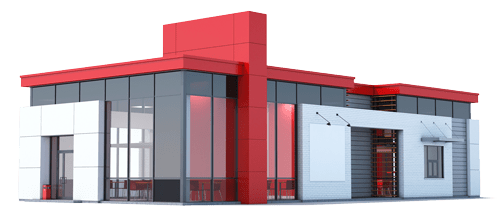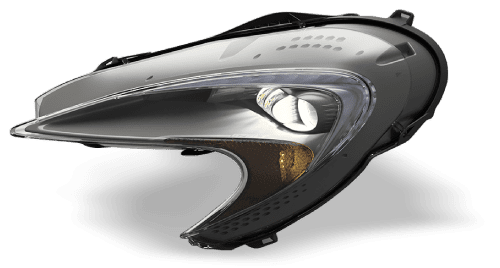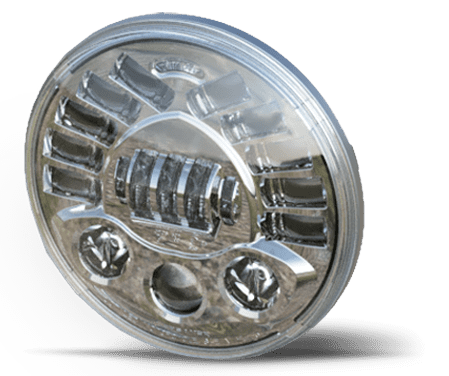
Guide to LED Lights for Combine Harvesters
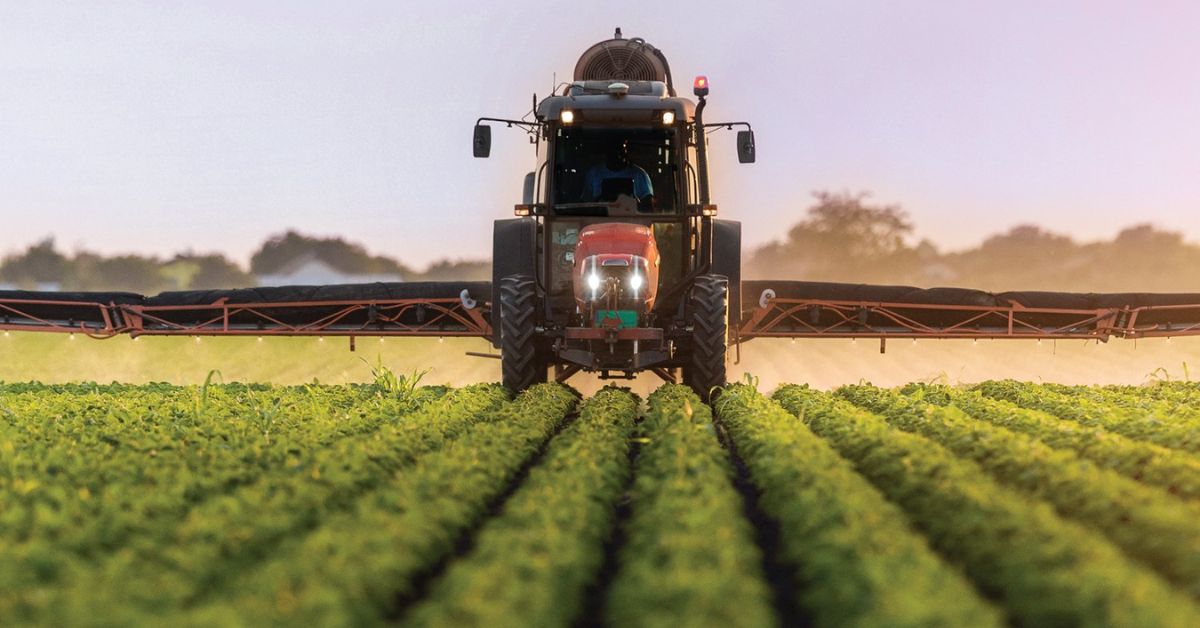
Harvesting is a time-sensitive process, requiring long hours to capitalize on optimal conditions. These massive machines that need precise maneuverability, and inadequate lighting can lead to operational errors, crop damage, or safety incidents. Lighting can affect the efficiency and safety of combine harvesters, especially when operations extend into late evenings or early mornings.
Without proper lighting, tasks can become inefficient, unsafe, and even impossible due to low visibility. Whether you’re navigating uneven terrain or watching the crop flow through the equipment, ensuring high-quality illumination is nonnegotiable. This is where LED lighting shines.
Follow our guide to LED lights for combine harvesters and learn how to leverage this invaluable technology on your farm.
Why LED Lights Are Beneficial
When it comes to outfitting combine harvesters with lighting, light-emitting diode (LED) technology is a standout solution. Unlike outdated halogen or high-intensity discharge (HID) lights, LEDs offer unmatched efficiency, durability, and performance.
LED lights can produce intense, focused illumination while consuming a fraction of the energy of old lighting options. This allows operators to run lights for prolonged periods without greatly affecting the harvester’s power systems.
LED lights also have a notably longer lifespan compared to their halogen counterparts. Long headlight lifespans mean fewer replacements and more time spent harvesting.
Additionally, their solid-state construction makes LEDs highly durable and resistant to vibrations, an essential feature for farm equipment that deals with rugged terrains and continuous motion.
LEDs Combine Comfort and Versatility
Color temperature is another advantageous feature that LED lights bring to the agriculture industry. The daylight-like color produced by LEDs reduces eye strain and provides better contrast, allowing operators to distinguish rows, obstacles, or potential obstructions with greater ease.
Add to that their versatility in offering different beam patterns—spotlights for long-distance visibility or floodlights for broader coverage—and it’s easy to understand why LEDs are the preferred choice.
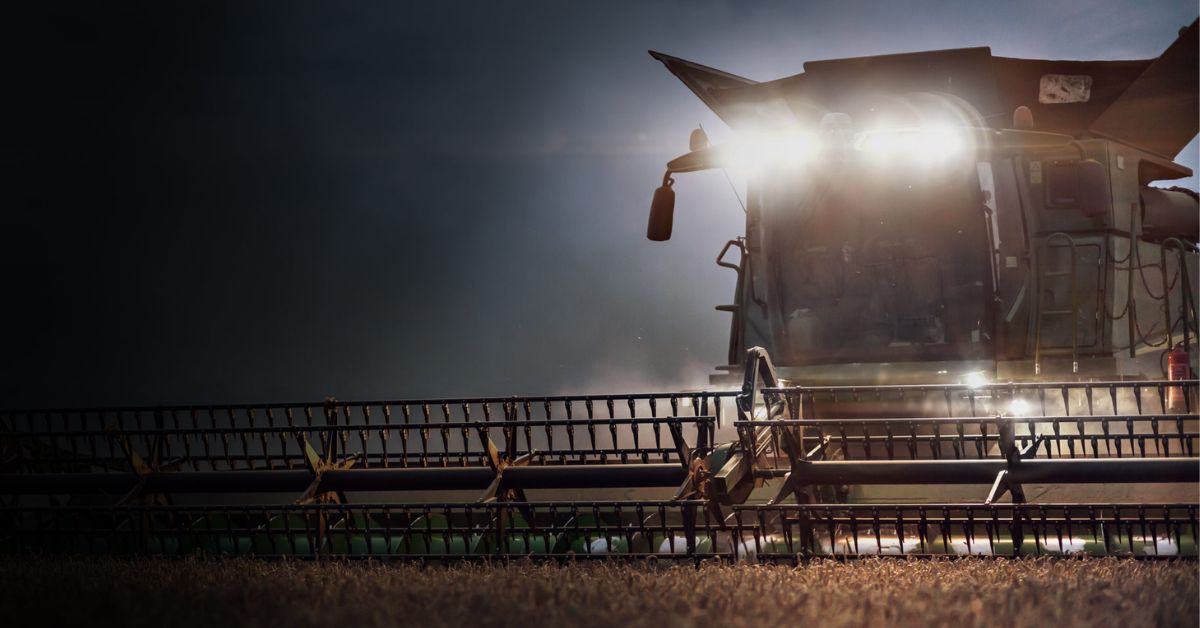
Choosing LEDs for Your Harvester
This comprehensive guide to LED lights for combine harvesters isn’t complete without explaining how to select the right LEDs. The process requires careful consideration to maximize the functionality of your farming equipment.
Start with your field of operation. Different farms have unique lighting requirements based on the terrain, crop type, and working hours. For example, wide-open fields with minimal obstacles may require broad floodlights, while areas with irregular rows or mixed crops may benefit from a combination of spotlights and floodlights.
Light positioning on the combine is equally important. Equipment such as an auger, cutter bar, and unloading system requires targeted brightness to monitor activities efficiently. Meanwhile, operator cabins benefit from high-clarity lighting for optimal field vision in low-light conditions.
Consider the wattage and lumen output of the LED lights. High lumens result in bright lights, but it’s important to strike a balance between brightness and energy consumption. Overly bright lights with poor positioning can create glares and shadows, reducing visibility rather than enhancing it. Opting for dimmable or versatile multi-beam LEDs is an effective approach to tailor the lighting according to your farm, equipment, and preferences.
Reap the Benefits of Upgrading to LED Lights
Switching to LED lights for a combine harvester is an investment in efficiency, safety, and long-term agricultural success. The enhanced visibility provided by LEDs empowers operators to complete tasks with precision, even during challenging lighting conditions.
Reduced strain on power systems and low-maintenance requirements help eliminate unnecessary costs and downtime. Upgrading your equipment’s lighting system can transform the harvesting experience.
With an array of durable, efficient, and customizable LED options available, there’s never been a better time to make the switch. Thankfully, you can find specific LED lighting for agriculture, making it easy to match the perfect lights to your applications. Once you find your new LEDs, you can install them on your combine harvester with ease.
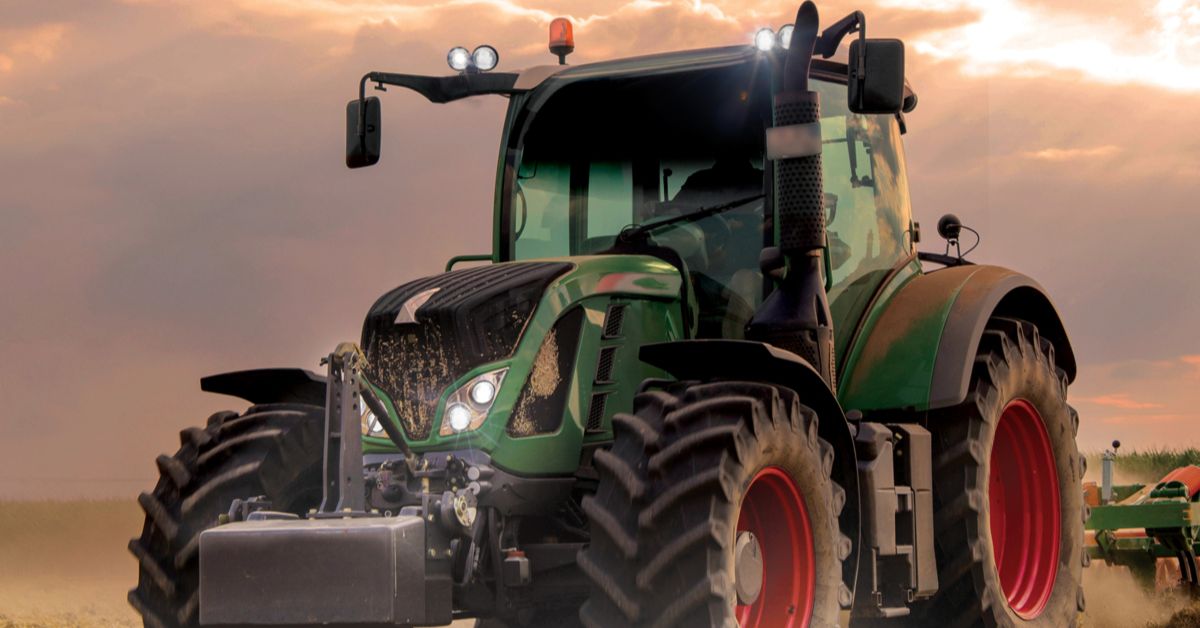
Important LED Installation Steps
Installing LED lights on a combine is a straightforward process but demands attention to detail to operate correctly and last for many years. Begin with a thorough inspection of the existing lighting system and wiring connections. Remove old fixtures carefully while preventing damage to the wiring.
Choose appropriate mounting positions for the new LED lights. The lights’ locations should illuminate key functional areas, minimize overlaps, and prevent glares. For instance, place floodlights around the header and spotlights toward the rear or on the augers to provide comprehensive coverage.
Wrap Up the Installation
Secure the LED fixtures using durable mounts that are compatible with the combine’s specific design. Adjust each light individually to create angles for maximum visibility. Most modern LED kits come with user-friendly mounting systems that facilitate quick adjustments without excessive retooling.
After installing the lights, double-check the wiring connections. Any loose or disconnected wires can hinder the lights’ functionality or cause electrical complications with the machinery.
Next, test the lighting system during low visibility conditions to confirm everything works as expected. If you observe any signs of uneven illumination, fine-tune the angles before tightening final adjustments.
Improve Productivity on Your Farm With LED Technology
Integrating LED lighting into farming equipment can significantly boost productivity by extending working hours and improving accuracy. During late-night harvesting or before-dawn planting, high-quality illumination from LED lights reduces downtime caused by insufficient visibility. The enhanced brightness and clarity also allow operators to work carefully, minimizing errors that may occur in poor lighting conditions.
Additionally, LEDs are highly durable and capable of withstanding vibrations, dust, and moisture, ensuring uninterrupted performance even in the toughest agricultural environments. This reliability translates into fewer delays and more consistent output on the farm. To extend the lifespan of your LEDs further, routinely inspect them for debris or damage, and clean them when necessary. A damp cloth will help you wipe away dirt and other unwanted grime.
Take the Next Step Forward in Farming
Don’t let outdated lighting systems hold you back from achieving your farm’s full potential. By upgrading to LED lighting, you’re investing in a solution that drives efficiency, enhances safety, and ensures your equipment is ready to perform under any conditions. Equip your farm with the best tools and take control of your operations.
